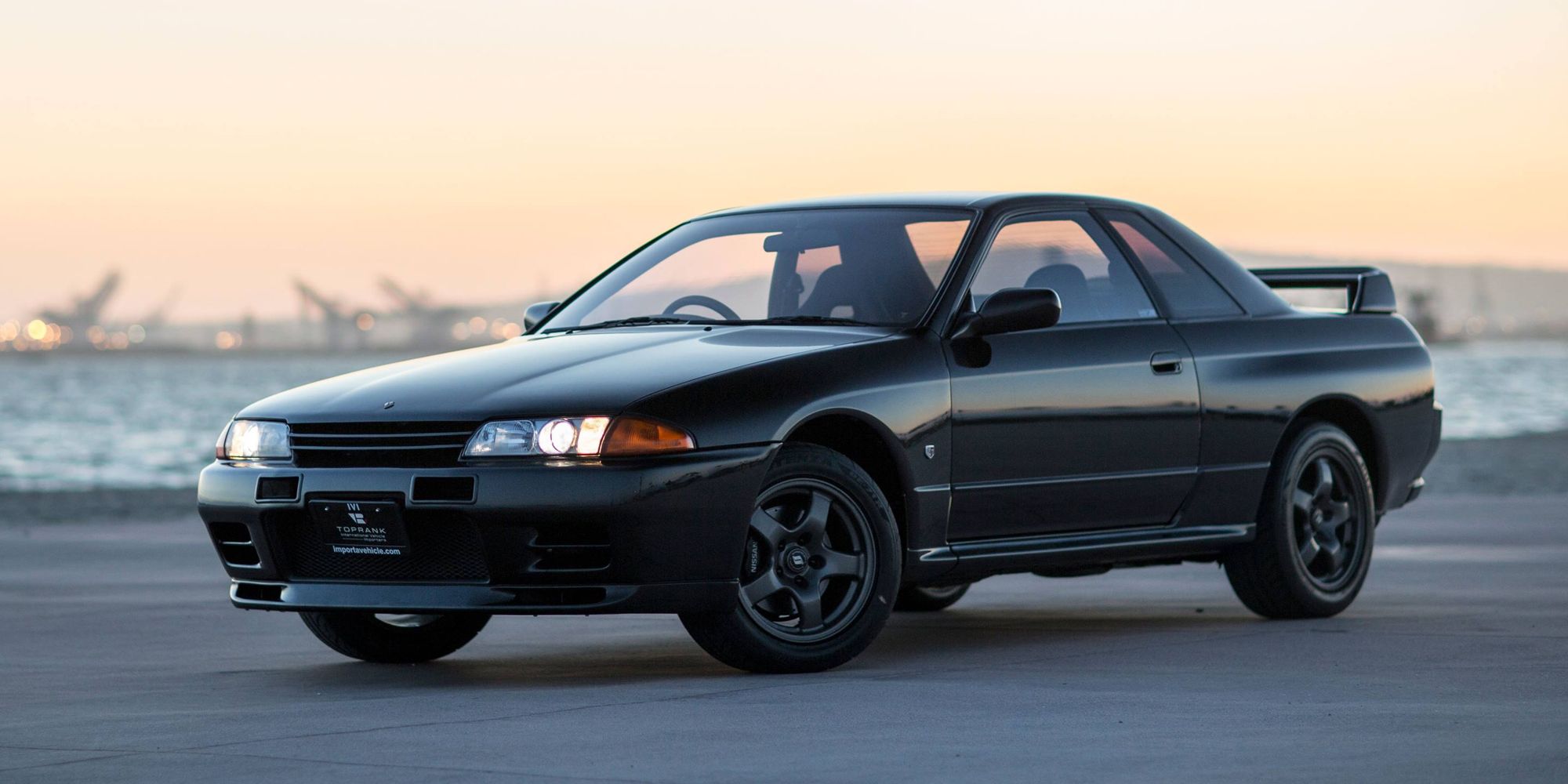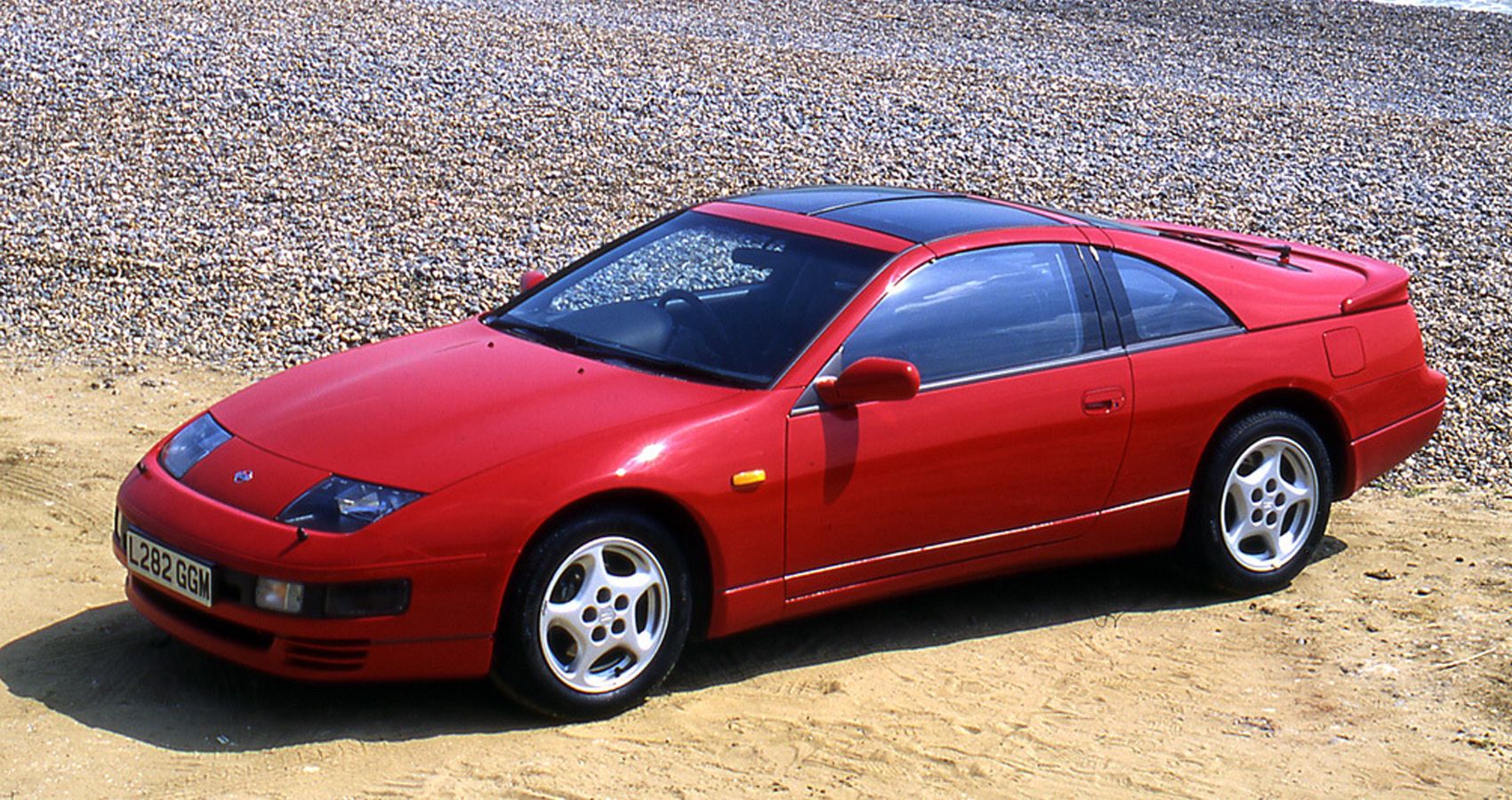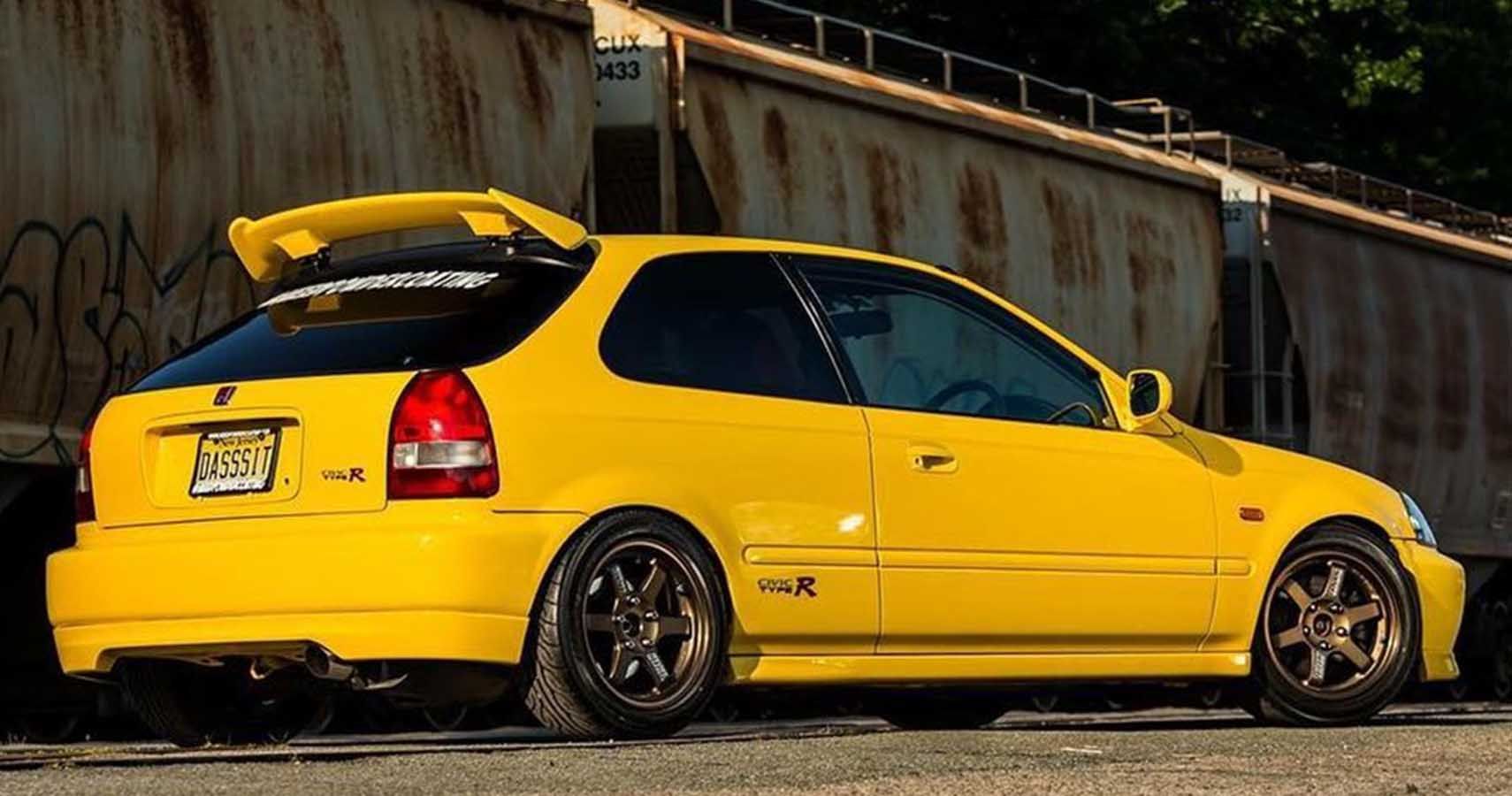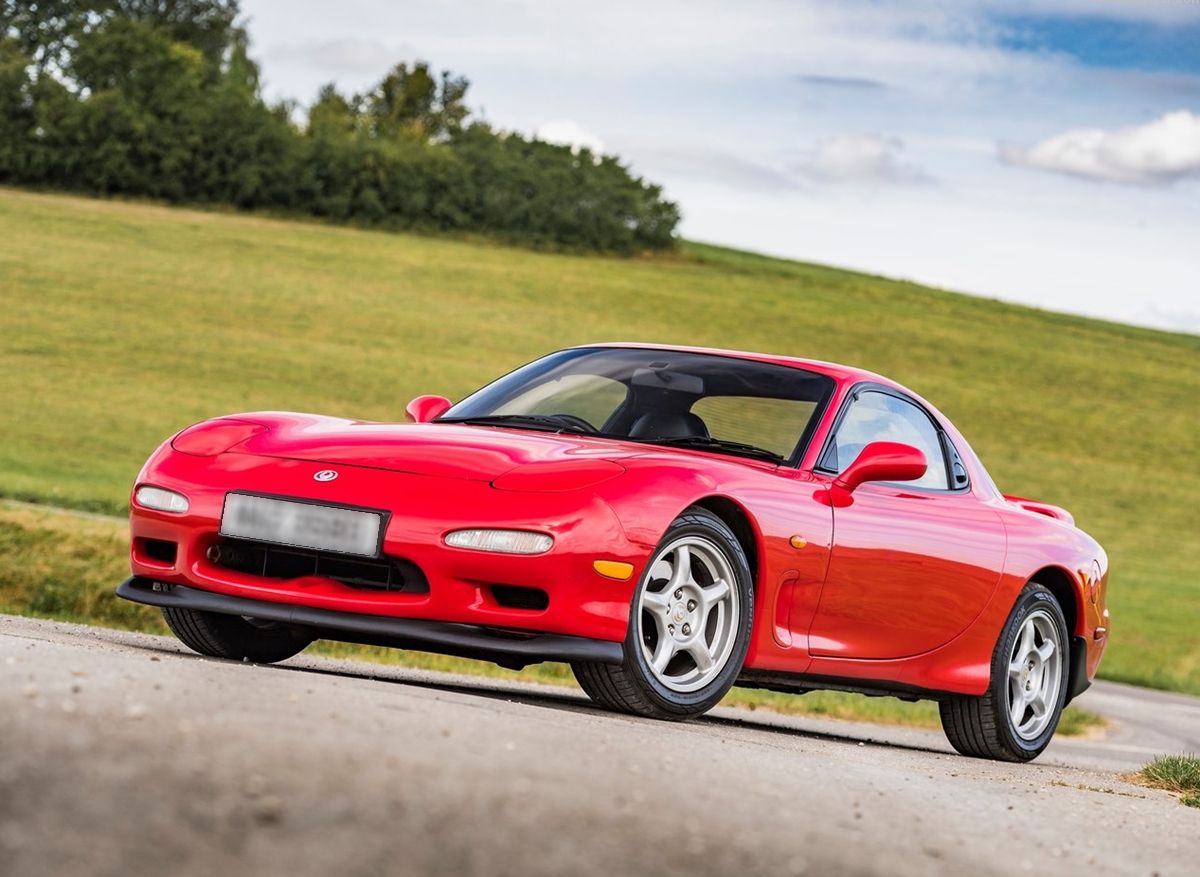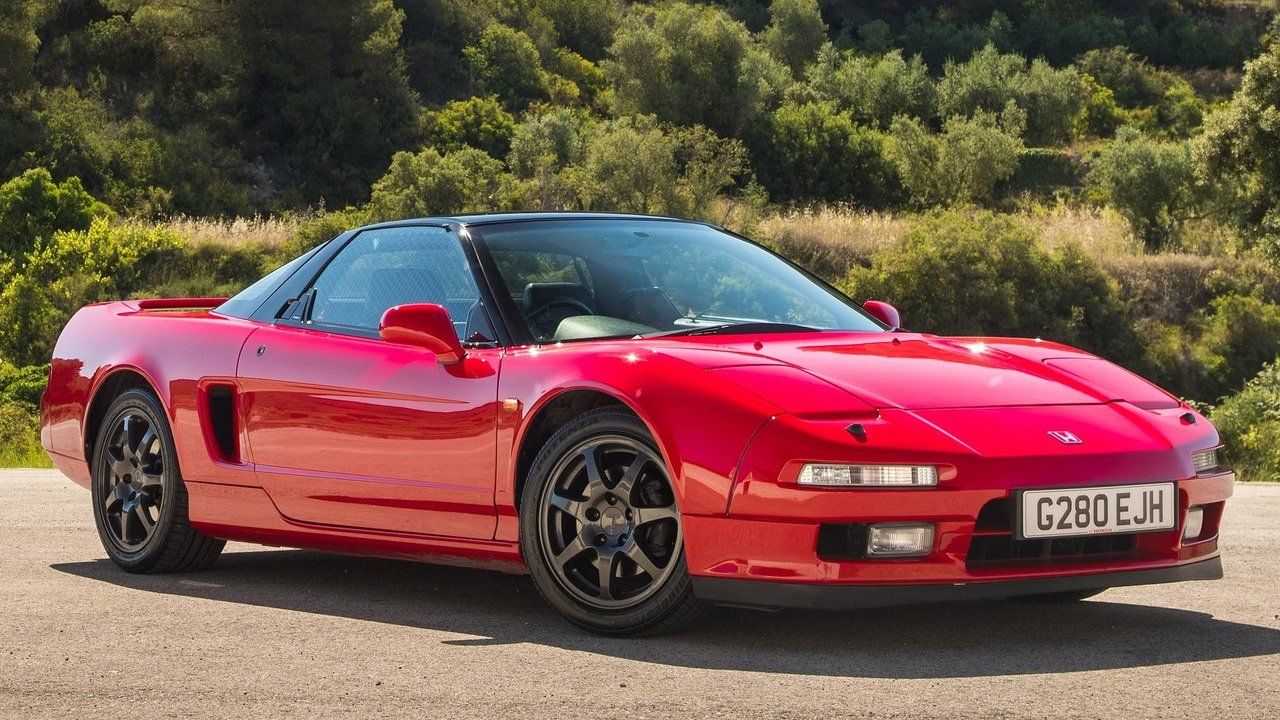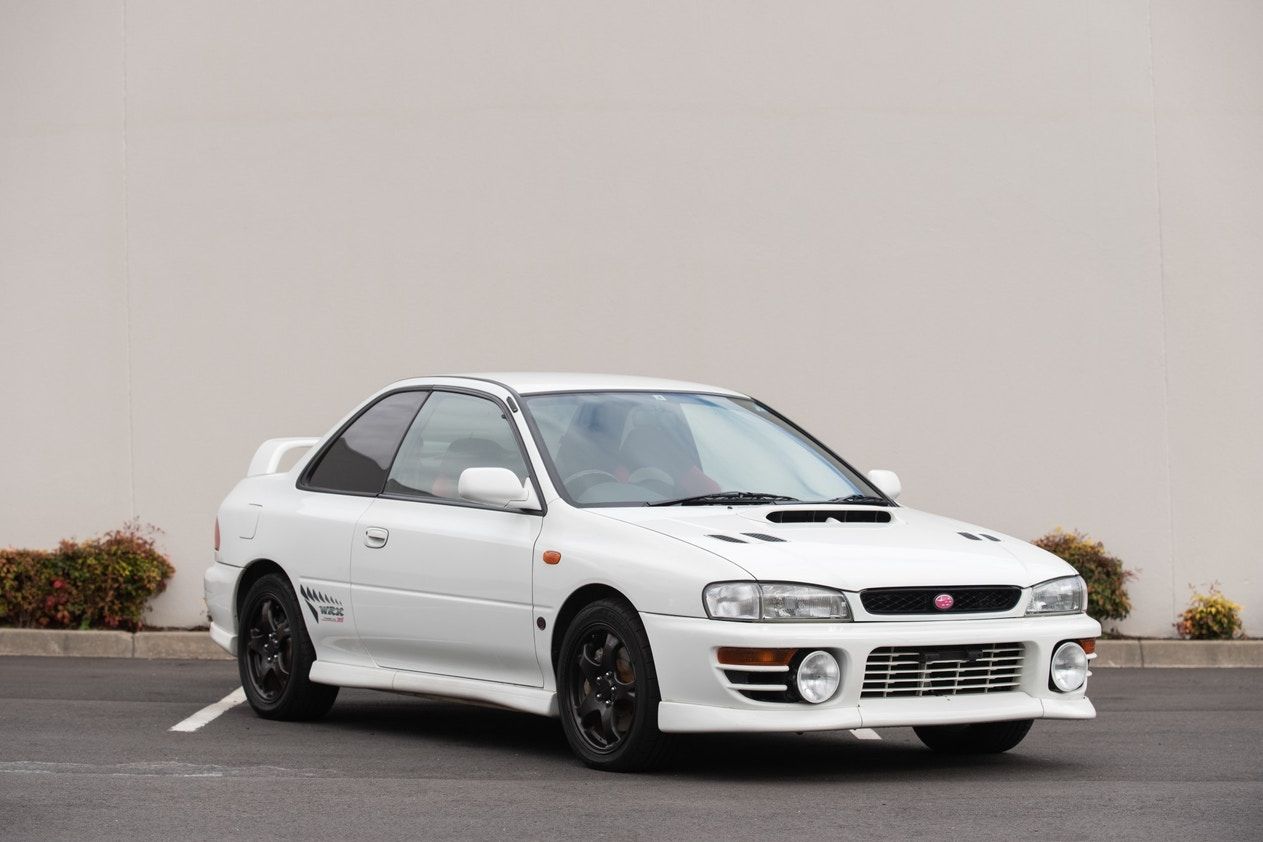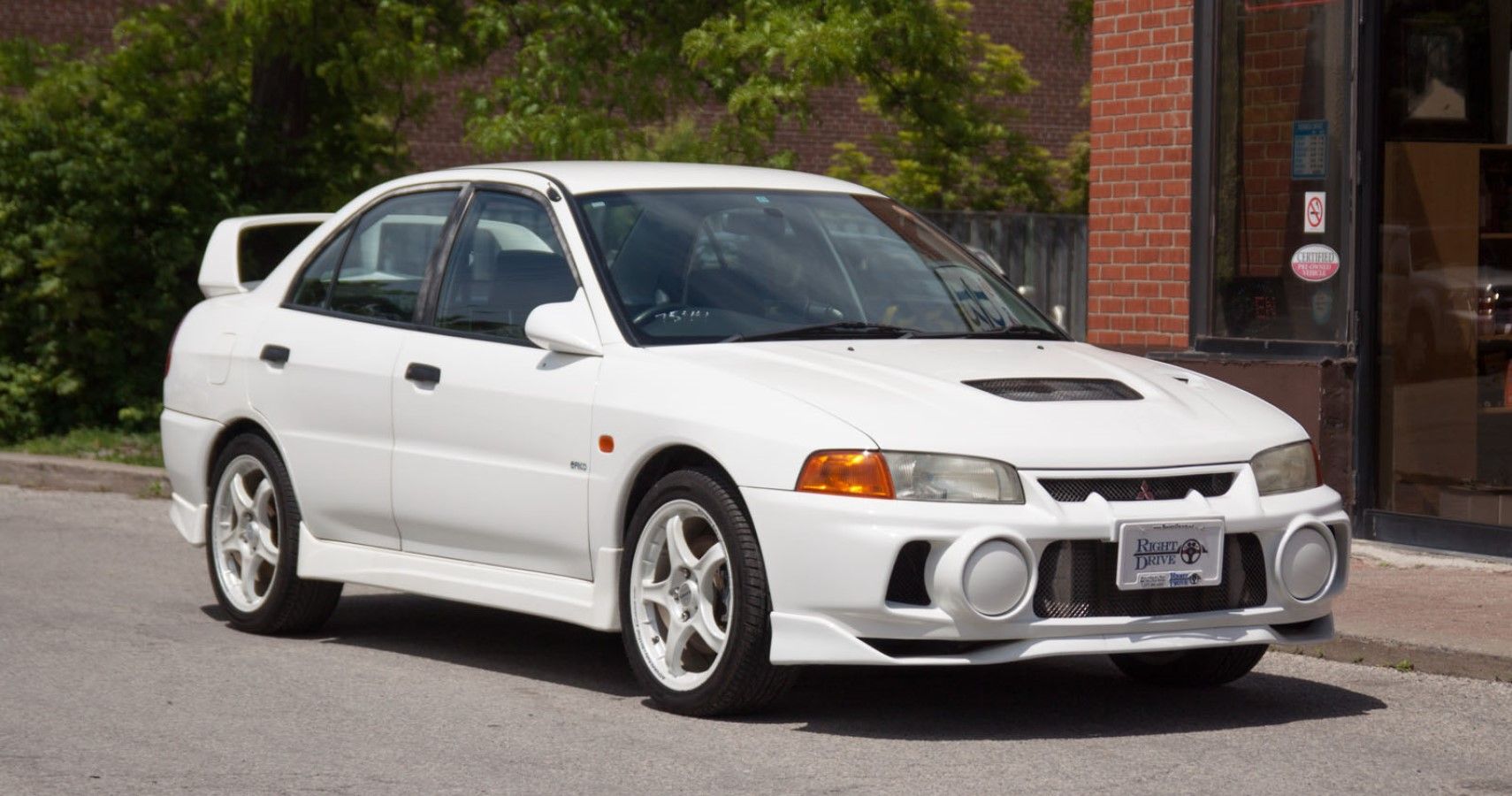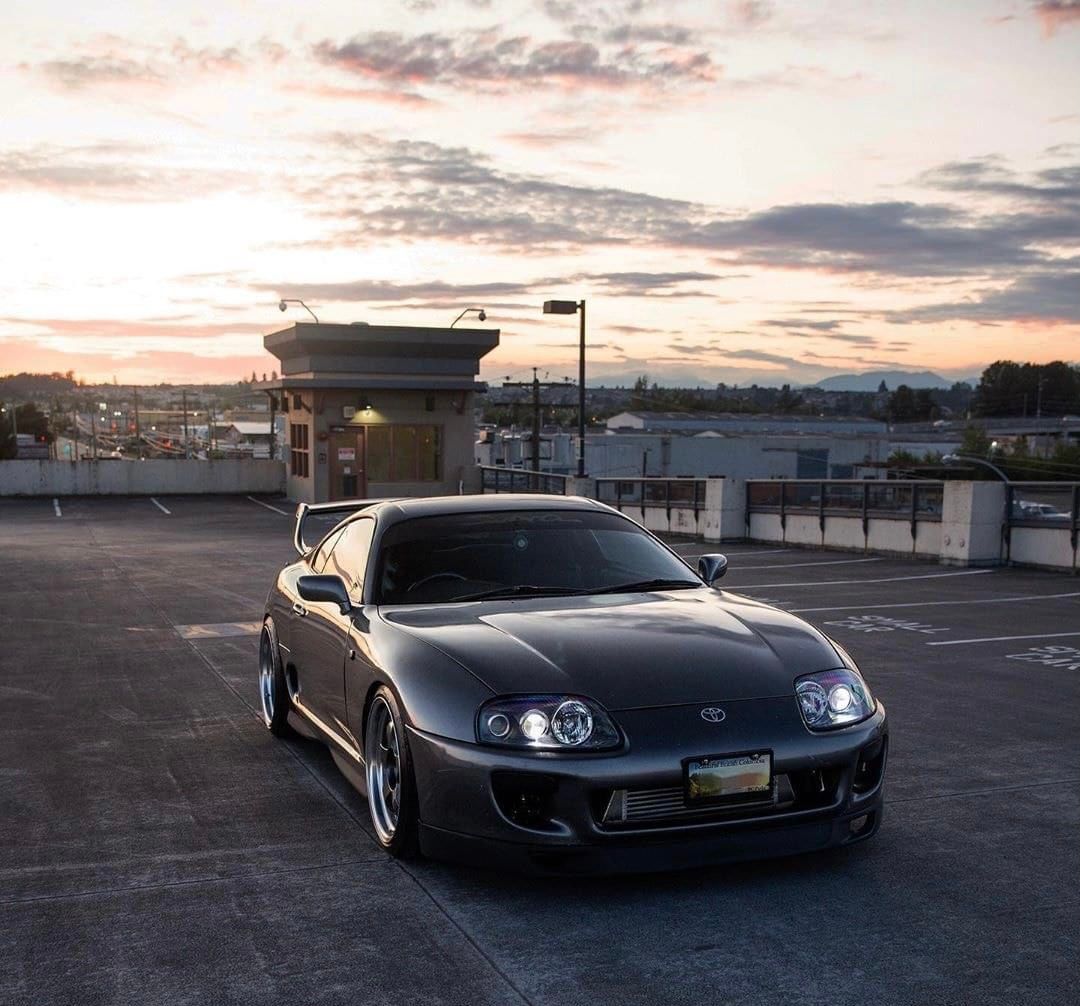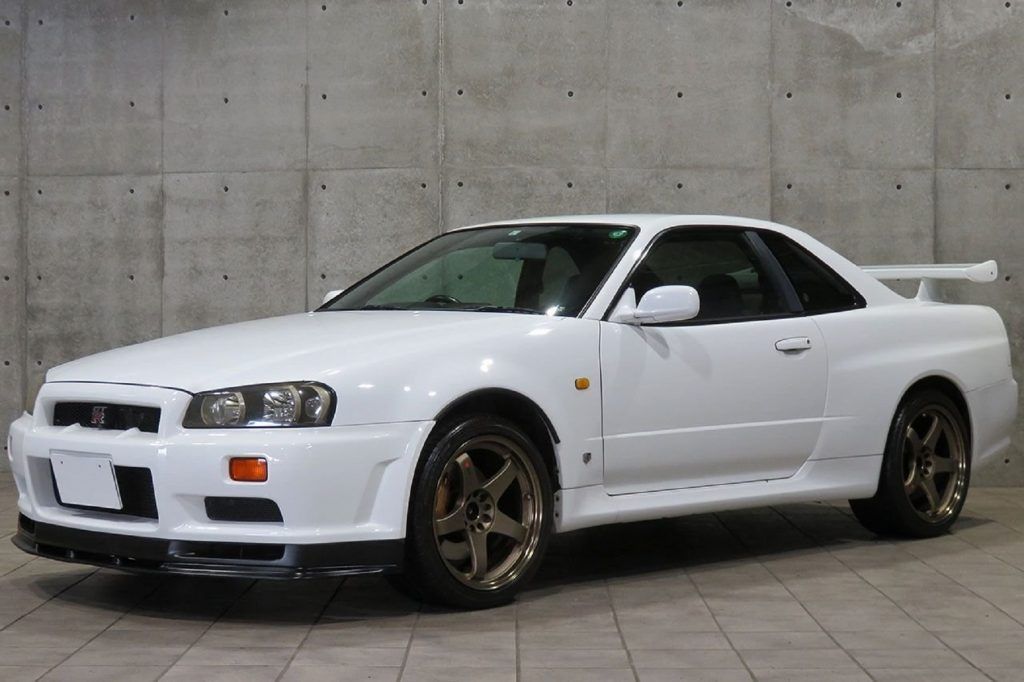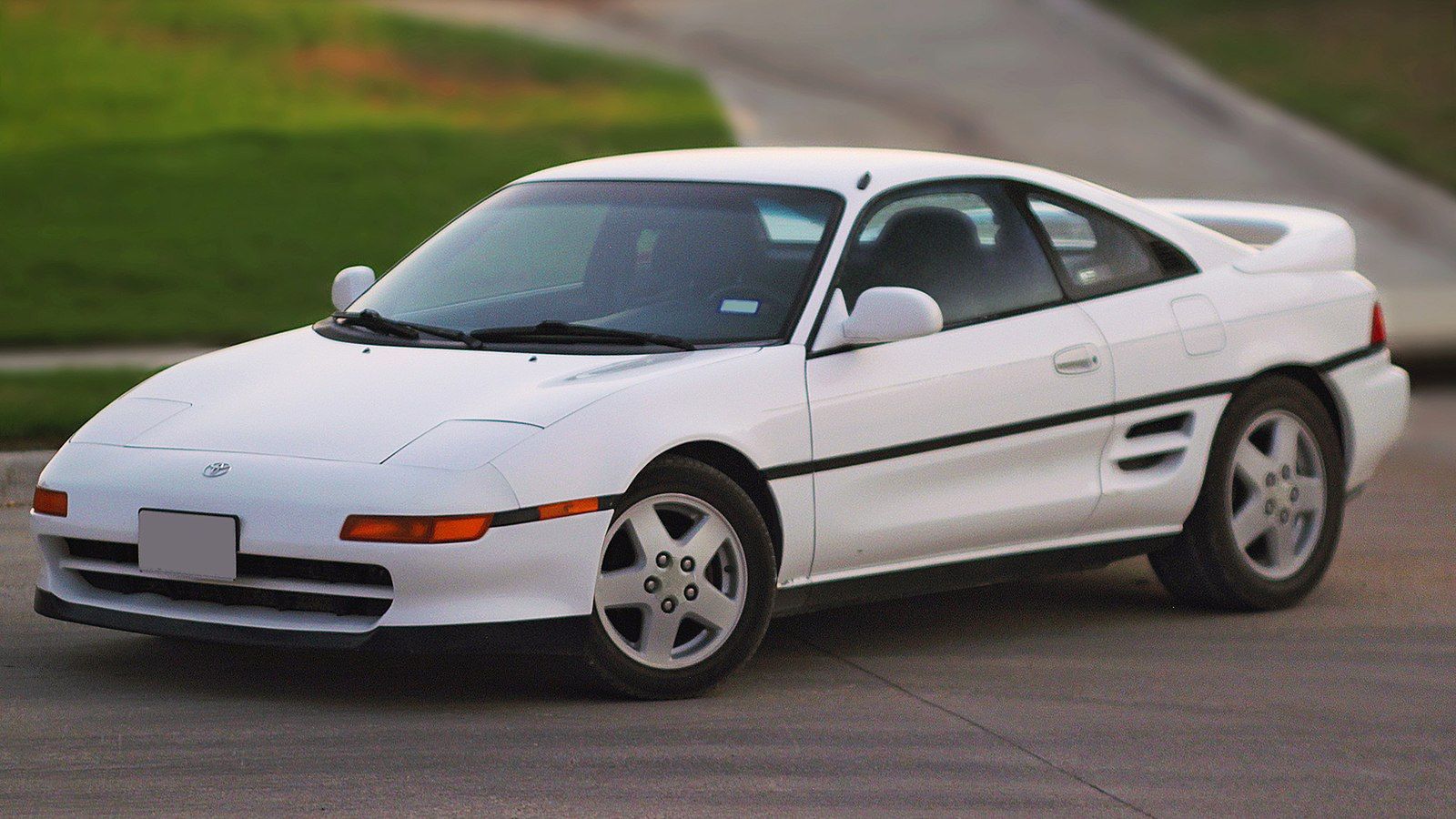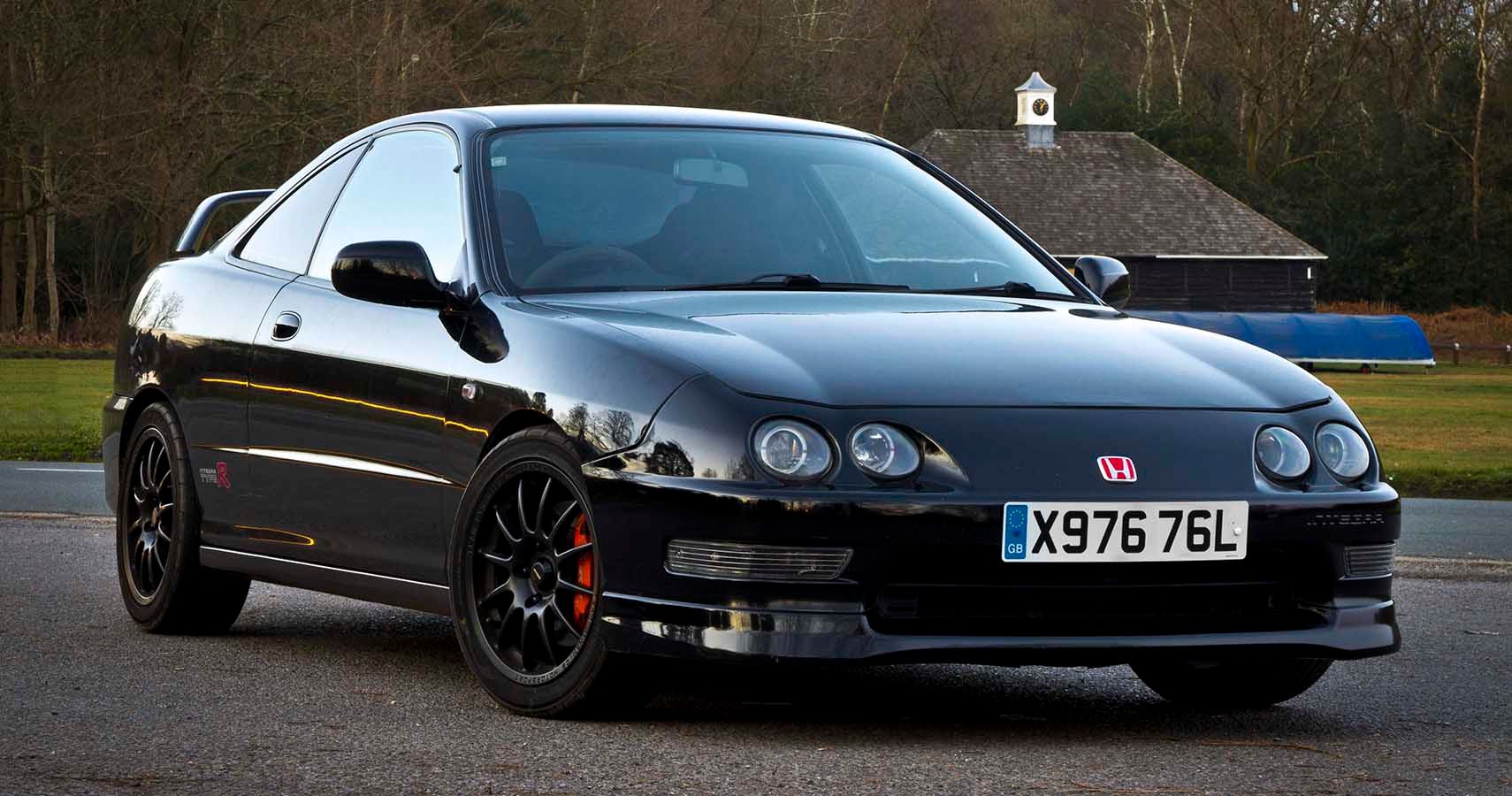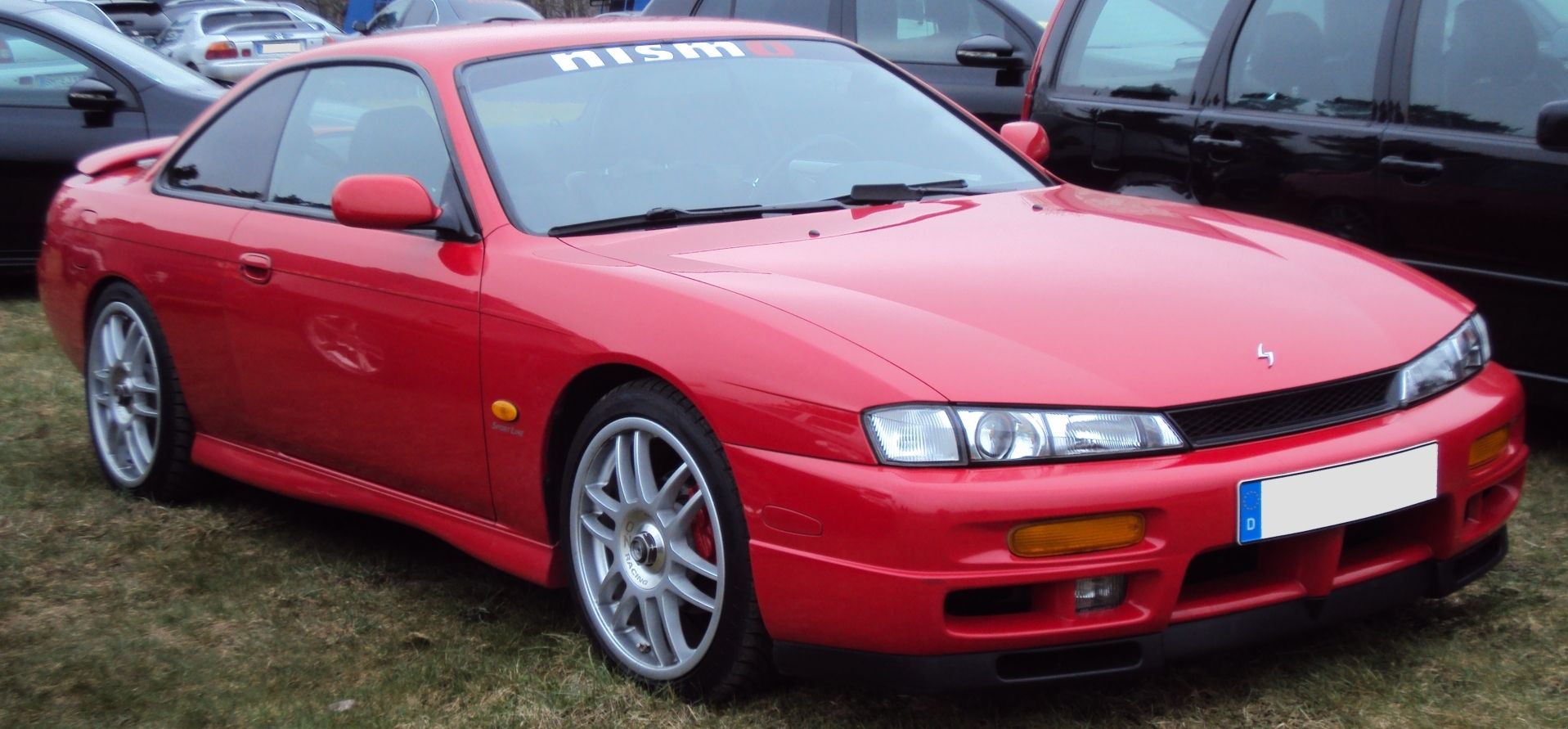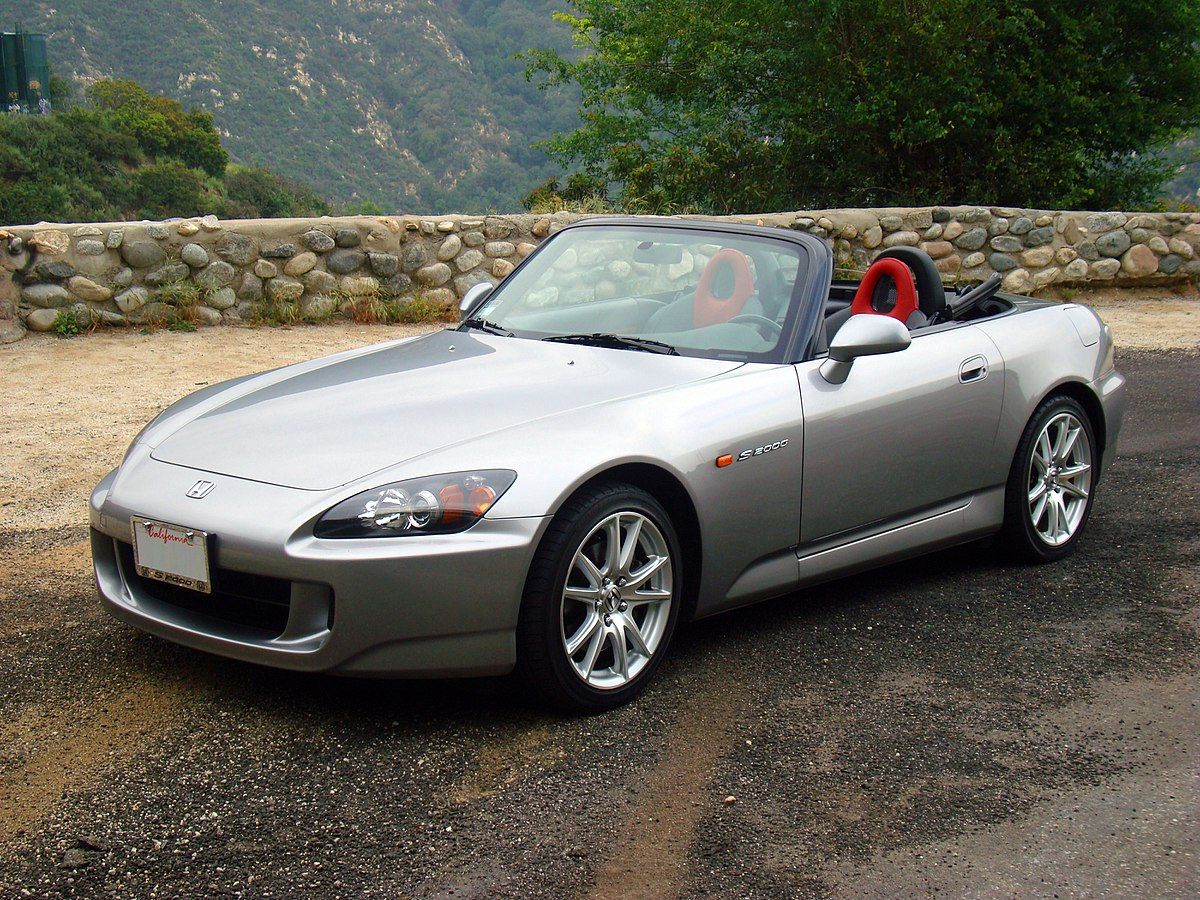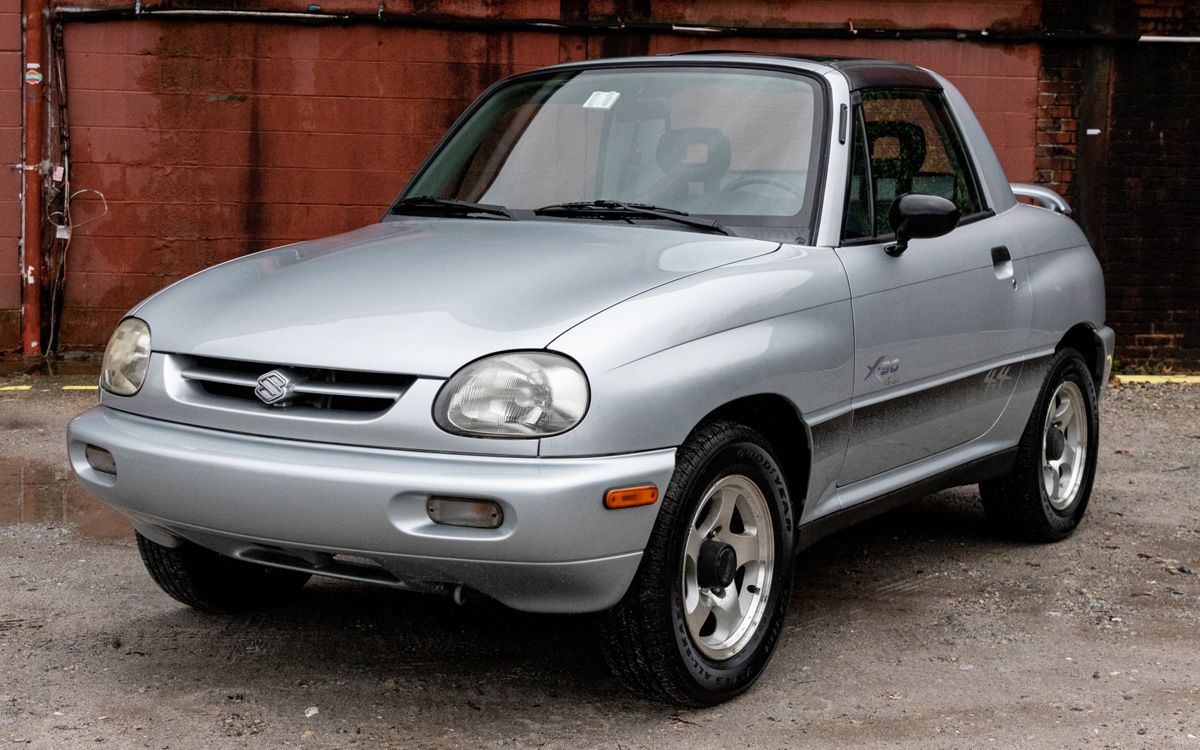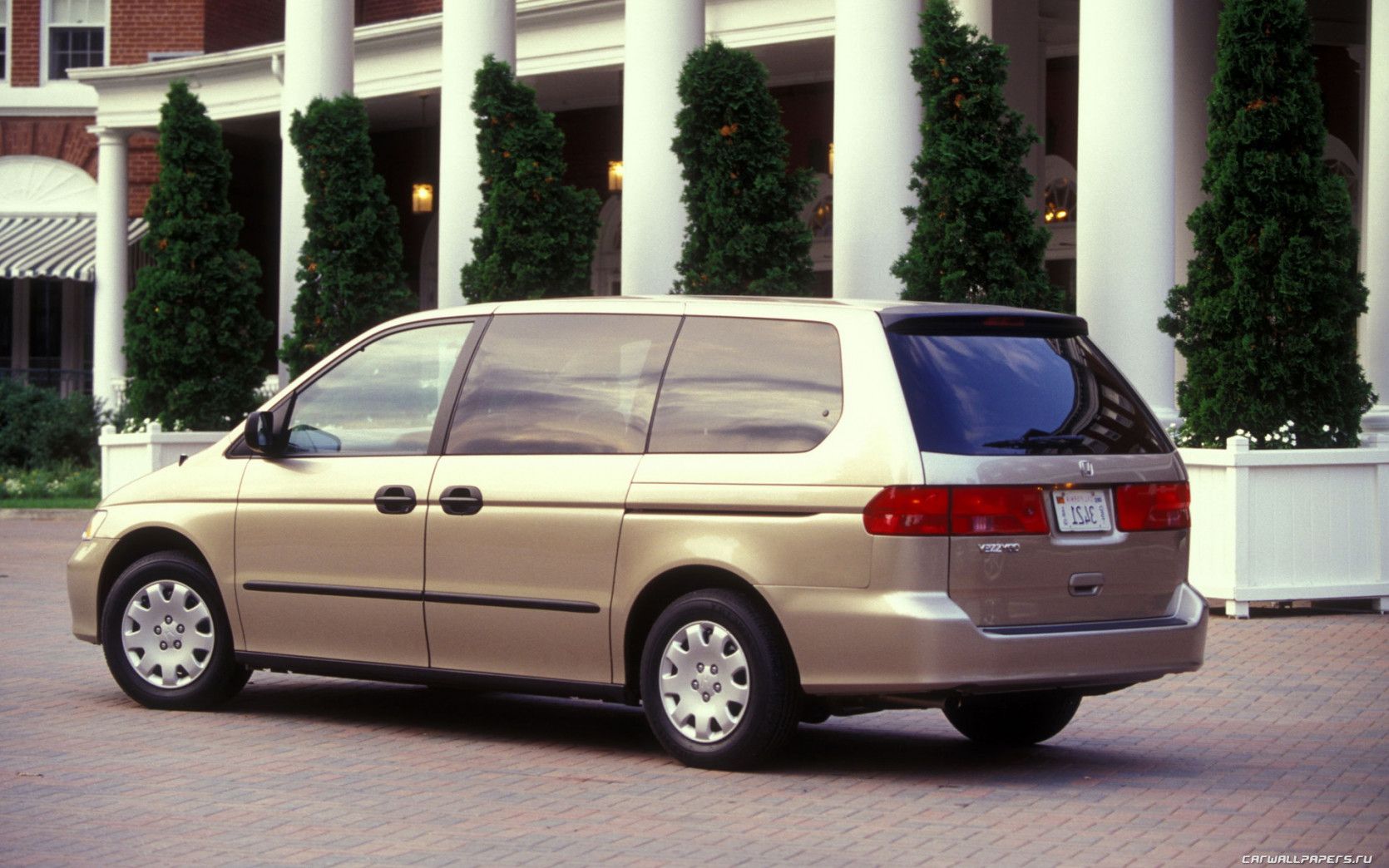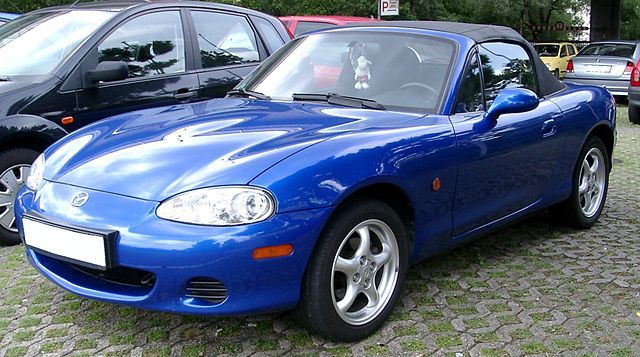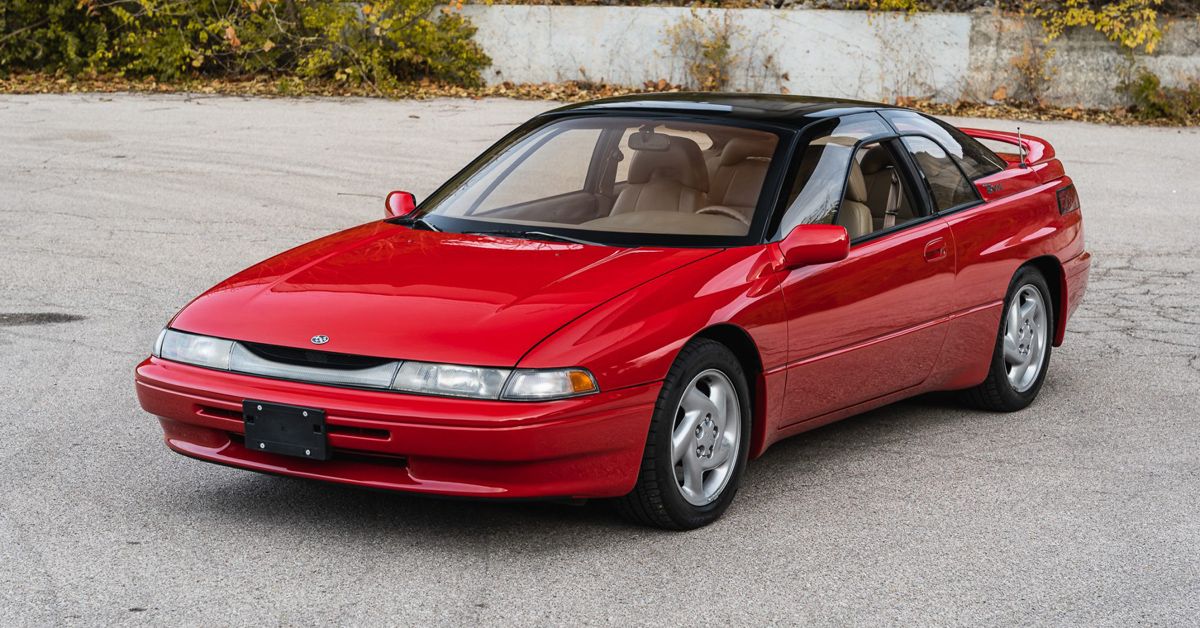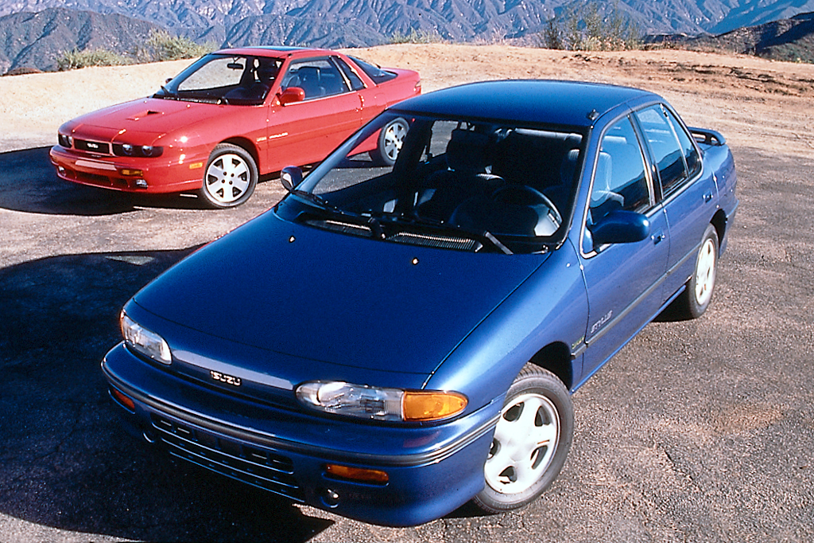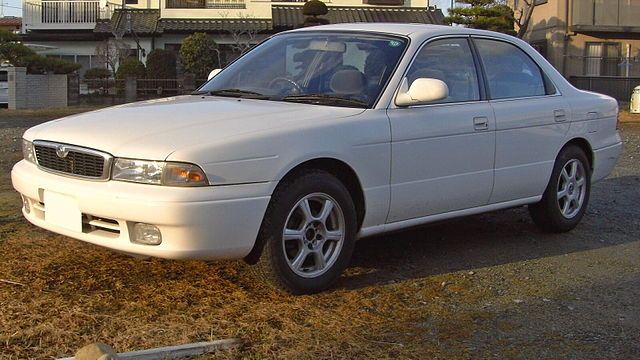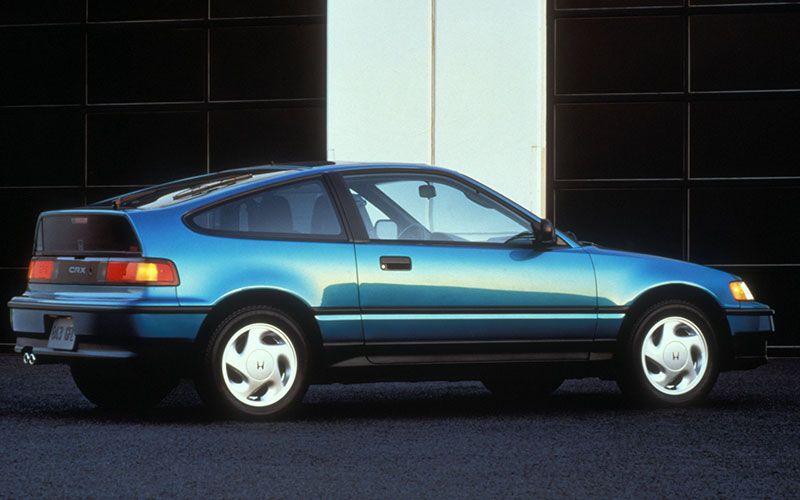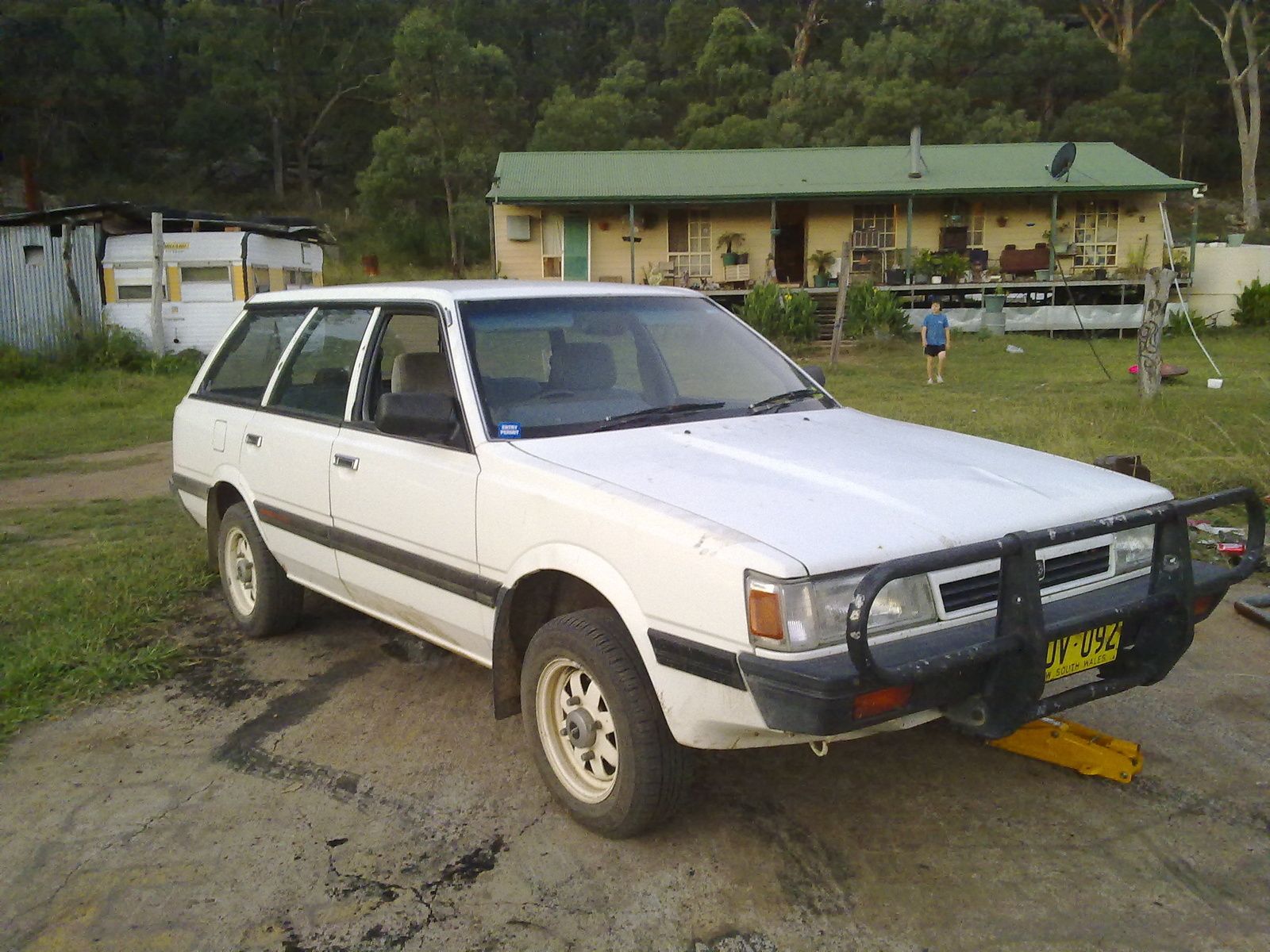JDM (Japanese domestic market) cars are best-known for looking sleek, driving fast, handling well, and for their propensity for being modded by tuners around the world. Companies like Toyota, Mitsubishi, Nissan, and Mazda came out with some of the best cars throughout the ‘90s to spoil car buffs around the world. Rally racing and street racing became huge throughout these years, and that's thanks to many of the cars that were produced during this era.
Updated February 2022: '90s JDM cars continue to draw a high price. Even in 2022, several models, both great and not-so-great, see steady surges in price as fans hunt down every last example. We've updated this list to include even more JDM cars that still command attention along with those that everyone stays away from.
However, just as so many of these JDM cars became classics, so many others fell flat right out of the gate. You see, the carmakers were generally unimaginative during the '90s, with innovations being few and far between. The future was bright, but the current car climate was not great, so we also have some absolutely poorly designed eyesores; poorly-maintained cars with bad engines. It might be surprising to hear that many of the culprits for these terrible vehicles were the same companies that came out with great stuff!
23 Best: Nissan 300ZX Z32 (1989-2000)
Often touted as the best Z car since inception, the 300ZX is one hell of a JDM masterpiece. This beauty features an outstanding twin-turbo V6 which pushes "276" horsepower to the rear wheels. We quote the 276 because, of course, the Gentleman's Agreement prevented any high numbers.
Plus, the 300ZX Z32 was limited to 155 MPH due to that same agreement. The 300ZX is notoriously hard to work on, but with proper maintenance, these powerful sports cars can last forever, with owners claiming 200,000 miles plus on-stock motor and turbos.
22 Best: Honda EK9 Civic Type-R (1997-2000)
The simple fact is the Honda Civic is one of the best cars you can ever purchase. In the 1990s, that was still true. However, one took the cake as simply the best, the EK9 Type-R. The EK9 Type-R was based on the 6th generation Civic and featured a naturally aspirated engine that pushed an incredible (for the time) 182 horsepower!
In addition to the great engine, the Civic Type-R also housed a close-ratio 5-speed manual transmission and front-end helical limited-slip differential. These upgrades made the Civic Type-R a racing beast and one of the best JDM sports cars to come out of the 1990s; it's just too bad it never made it out of Japan.
21 Best: Mazda RX-7 (1991 – 2002)
The Mazda RX-7 is an absolute cult classic. Its body is curvy and contoured, and smooth in all the right places. (Are we still talking about cars here?) The original 1.3-liter twin-rotor turbocharged engine with 276 hp sounds like nothing else on the planet. It has a perfect 50/50 front-to-rear weight ratio balance, a lightweight construction, and a low center of gravity that helps it scream across the road. The third-generation RX-7 was the first mass-produced sequential twin-turbocharger car to ever export from Japan.
In Japan, buyers had to actually pay an annual tax because of the car’s non-compliance with dimension regulations. We’re convinced that the Mazda RX-7 is not only one of the best cars to come out of Japan in the ‘90s, but it’s one of the best JDM cars ever.
20 Best: Honda NSX (1990 – 2005)
The Honda NSX (or Acura NSX as it’s known in U.S. markets) is like the Lamborghini of JDM sports cars. In fact, the NSX was designed to show that you could have a Ferrari-like performance on a vehicle that didn’t cost six figures. Because of that, the NSX became legendary. It looks really sweet to boot.
People liked these cars so much that after their first generation - which lasted 15 years, from 1990 to 2005 - they eventually came back into production with an all-new second-generation model in 2016.
While the new and improved model of the NSX is super cool, there’s nothing quite like the original. This car was the first-ever mass-produced vehicle to feature an all-aluminum body (and engine). Its 3.0-liter V6 with VTEC (Variable Valve Timing and Lift Electronic Control) allowed it to reach a top speed of 191 mph.
19 Best: Subaru Impreza WRX STI (1992 – 2000)
The Subaru Impreza was first introduced in 1992, replacing the Leone and upgrading that car’s engine to the new EJ series. The WRX was the high-performance variant of the vehicle, as well as the WRX STI taking things even a step further, and they were built to directly compete with the Mitsubishi Lancer and Mitsubishi Lancer Evolution.
The STI (Subaru Tecnica International) enhanced the WRX in Japan by upgrading the transmission, suspension, and performance-tuned engine. These cars became legends in rally races and street races. The highly sought-after STI models were first introduced in Japan (and only in Japan) in 1994.
The WRX versions of the car (World Rally eXperimental) were all built with rally-inspired technology, which led to the advent of the STI to push the envelope a step further. Today, they’re still some of the most highly tunable cars on the market.
18 Best: Mitsubishi Lancer Evolution VI (1999 – 2001)
The Mitsubishi Lancer Evolution has been around since 1992, but we’re focusing on the very late ‘90s version of the car, which is the Evolution VI (they now go up to Evo X models). These cars were the long-time direct rival of the Subaru Impreza WRX STI in rally and street races. It wasn’t until the Evo VIII that Mitsubishi decided to import the Lancer Evo to the United States after seeing how Subaru was dominating the market.
The Evo VI had the same 2.0-liter turbocharged engine that was available in the first-gen 1992 Evo I, but other revisions to the car made it more potent than ever. The Tommi Makinen Edition of the vehicle was also released under the VI (in reverence to one of the most famous rally racers of all time, who won four WRC championships for Mitsubishi) and came with even more enhancements.
17 Best: Toyota Supra (1993 – 2002)
The Toyota Supra has been around in one form or another since 1978, but the one we’re focusing on here is from the ‘90s, the fourth-generation model. Unfortunately for drivers in the U.S., Toyota ceased all sales of the Supra in 1998 there, which only gave drivers a short five years to test this car out. People quickly fell in love with its abilities and modding capabilities.
The A80 model was completely redesigned, replacing the boxy styling for a new, curvier model with a big rear wing, a 3.0-liter twin-turbocharged 2JZ engine, and 276 bhp out of the box. To this day, the Toyota Supra is still one of the most tuned cars in the JDM modding scene, and that's because it’s already a great car to start with.
16 Best: Nissan Skyline GT-R (1989 – 2002)
Another frequently-modded sports car, the Nissan Skyline GT-R, is one of the premium cars from Nissan’s Skyline range. The first “GT-R” was produced between 1969 and 1972, and they took a sixteen-year hiatus until 1989 when the second-generation R32 was born. This car subsequently won the Japanese JTCC Group A series championship four years in a row, making it a household name and a fixation in the JDM world.
After its impressive run on the racing circuit, the Australian publication Wheels nicknamed the GT-R “Godzilla” in 1989. The Skyline GT-R became Nissan’s flagship car for performance and often was the go-to for showcasing new technologies. It’s still popular today for import drag racing, time attack, and circuit track events around the world.
15 Best: Toyota MR2 (1989 – 1999)
If there’s anything that connects all these cars, it’s the fact that they’ve all been heavily influenced by the worldwide modding community at large. The Toyota MR2 is no different. Known for its capabilities on the track, it was first built in 1984 and improved upon with the second generation from 1989 to 1999. This was the first mid-engined production car to make it out of Japan.
This small, sporty car had very straightforward designs, including its front and rear suspensions by MacPherson, its four-wheel disc brakes, and its inline-four engines. The MR2’s low price point was also a focus that gave it a considerable following. After journalists had complained of “snap oversteer” from the earlier generation MR2, Toyota implemented wider tires, power steering, and new suspension geometry to this second-generation model.
14 Best: Honda DC2 Integra Type R (1995 – 2001)
The Honda DC2 Integra Type R was a massively upgraded Honda Integra for its time and is widely regarded as one of the best front-wheel-drive sports cars ever made.
The “Type R” comes from its transformation that made it capable of high performance on the racing circuit. The DC2 Type R came equipped with a 195 hp 1.8-liter B18C engine and had upgraded handling and performance compared to the Integra.
The DC2 Type R also had a strengthened chassis, thicker rear shock towers, a lower subframe, and weight reduction due to reduced sound insulation, lighter wheels, and a 10% lighter windscreen. All of these changes made it one of the most successful rally cars on the planet.
13 Best: Nissan 200SX (1995 – 2000)
The Nissan 200SX is best known for being one of the best drifter cars in the world. These cars were initially based on the Nissan Silvia, built from 1975 to 2002 and lasting six generations. The cars based on the Nissan Lucino are the sports coupes we know of as the 200SX in the United States.
These cars - two-door coupe versions of the Nissan Sunny - were equipped with the Sentra’s twin-cam, 1.6-liter inline-four engine, and then a 140 hp 2.0-liter engine. The 1995 model (called the S14) was wider, longer, and lower to the ground which made it perfect for drifting. Outside of Japan, sales struggled, and by the turn of the century, the S-chassis 200SX was out of production. It will forever be a legend in the drifting community.
12 Best: Honda S2000 (1999 – 2003)
The last JDM car we’ll mention that you should definitely check out is the Honda S2000. This roadster launched in 1999 and the first generation ran until 2003, which is what we’ll focus on. It was named for its 2.0-liter engine displacement, and it used VTEC technology as mentioned earlier, creating a bold driving experience for drivers all over.
With the engine of the S2000 being mounted behind the front axle, this car achieved a perfect 50/50 front-to-rear weight distribution and allowed tuners and modders to truly shine.
The S2000 utilized a front-engine, rear-wheel-drive system that delivered 247 hp from its I-4 F20C engine. It was built at the same plant as the Honda NSX, and it shows because the cars are similar in very many ways (except perhaps price the price).
11 Worst: Suzuki X-90 (1995 – 1997)
The Suzuki X-90 was a front-engine, rear, or all-wheel-drive SUV that was created for two short years, from 1995 to 1997. It’s no wonder that it didn’t last very long, because this car was ugly, awkward, and unconventional. The X-90 replaced the Samurai in the United States market, but it never took off. It used a 1.6-liter I4 16-valve engine, which only gave it 95 hp.
By mid-1997, retail pricing for the X-90 had dropped off by 25%, and the last one was sold in 1999. In 2013, Top Gear even went as far as to place it on its list of “The 13 Worst Cars of the Last 20 Years.” This awkward two-seater that was maybe meant for off-roading only lasted 18 months before disappearing into oblivion.
10 Worst: Honda Odyssey (1994 – present)
The Honda Odyssey began its life in 1994 and is now in its fifth generation. This minivan was originally conceived and built in Japan, coming about in the wake of the country’s economic crisis of the ‘90s.
Because of the crisis, several restraints were imposed upon the Odyssey, restricting its size and overall concept. The Odyssey was manufactured with minimal modifications, which resulted in a smaller minivan that was pretty much useless in the United States and Canada. The Odyssey was well-received in the Japanese domestic market. Subsequent generations sought to make variations to reflect the changing market including a larger model that was offered in North America.
By this time it was too late for American buyers who were already predisposed to what they thought a “Honda Odyssey” was, despite winning “Top Pick Minivan” several times in Japan.
9 Worst: Mazda MX-5 MK2 (1989 – present)
The Mazda MX-5 is not inherently a terrible car. The first-generation Miata was actually pretty awesome, and most people will agree. The Miata was in Car and Driver’s annual “Ten Best” list 14 times, and Grassroots Motorsports called the Miata “the most important sports car built during the previous 25 years.”
Then came this redesigned, fatter, uglier version that took away everything the Miata was known for. People used to zip around in a Miata and turn heads, but the MX-5 became a generic sports car. It even lost its signature pop-up headlights. Though it may not be one of the “worst” JDM cars in the world, the fact that Mazda fell so far in its redesign gave us reason to put it on this side of the list.
8 Worst: Subaru SVX (1991 – 1996)
It’s crazy how companies can create some of the best cars on the planet on one hand (Subaru Impreza WRX STI) and then come out with baffling cars on the other. The SVX is one of those head-scratchers. Known as the Alcyone SVX to those outside of Japan, it was Subaru’s first attempt to enter the performance/luxury market and it sort of fell flat on its face.
The SVX looked awkward because it didn’t know what it wanted to be. Was it a sports car or was it a luxury car? It was neither and both at the same time. Because of this, it sold in very poor numbers and only lasted five short years before Subaru gave up and focused its attention on better-thought-out cars.
7 Worst: Isuzu Stylus (1993 – 1996)
The Isuzu Stylus, or Gemini as it was also called, is a subcompact car (and later a compact car) that has been around since 1974. It was built by Isuzu until 1993 when Honda badge-engineered the name until retiring the title in 2000.
This second version of the car was a front-wheel-drive mess, never really making a splash in any market.
The car wasn’t very reliable it wasn’t great to look at. It also didn’t have much power. One car buff framed it well: “It was as if Isuzu was in an unhappy marriage with the passenger sedan and was just going through the motions.” (courtesy of Tanshanomi from Jalopnik.com). The Stylus never even stood a chance.
6 Worst: Mazda Capella (1991 – 1997)
The Mazda Capella (or Mazda 626 in some markets) was a mid-size car produced by Mazda from 1970 to 2002, running through six different generations. Pictured here is a fifth-generation model.
Ford, who was allied with Mazda at the time, would use the Capella platform to later create their Ford Telstar and Ford Probe. Throughout its 32-year career, the Capella had surprisingly solid numbers, with 4,345,279 units sold worldwide.
The Capella had good handling, and was comfortable and quiet, but the automatic transaxle was terrible. Random downshifts, upshifts, clunking, and failure to respond plagued the Capella, and Mazda had no real fix. There were also failing alternators, distributors, oxygen sensors, CV joints, and countless cooling problems that made this car a major fail in the end.
5 Worst: Honda CR-X (1984 – 1991)
This car almost didn't make the list, but the Honda CR-X (originally launched as the Honda Ballade Sports CR-X) was still alive in the ‘90s. It’s a front-wheel-drive sport compact car that was eventually replaced by the CR-X del Sol. This two-seater was quite popular at the time, but unfortunately, the engines were just shoddy.
The car wasn’t very practical because of its size. Though it became a good car for modding - with many tuners replacing and swapping the engines - it was really borne out of necessity rather than a need for speed or the coolness factor. These cars only had 130 hp, to begin with. That isn’t terrible, but engine failure was a common problem for the CR-X, as well as being maligned for generally having low power.
4 Worst: Subaru Leone (1971 – 1994)
The Subaru Leone was a particularly ugly compact car built by Fuji Heavy Industries from 1974 to 1994. It was really less of a lion and more of a gazelle in that it got eaten up by other stronger, more powerful cars. The Leone was the predecessor to the Subaru Impreza, and was powered with Subaru EA boxer engines. It was Subaru’s top model until 1989 when the larger Legacy was unveiled.
The problem with the boxer engine was that it was unrefined, very loud, and head gaskets were a routine problem. Being boxer engines, they were very difficult to access and replace (and all for a lowly 90 hp). For all the spit and vinegar these cars sounded like they had, they were really quite weak when it came down to it.

